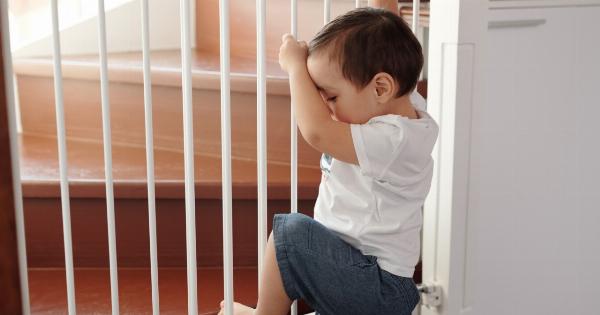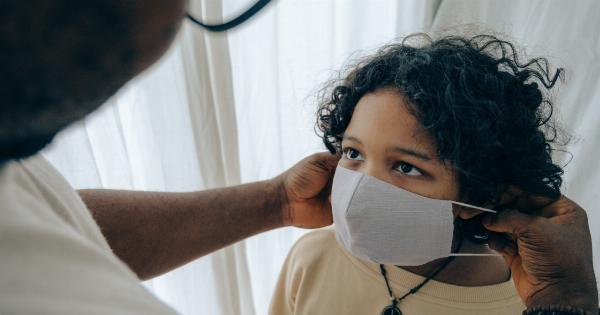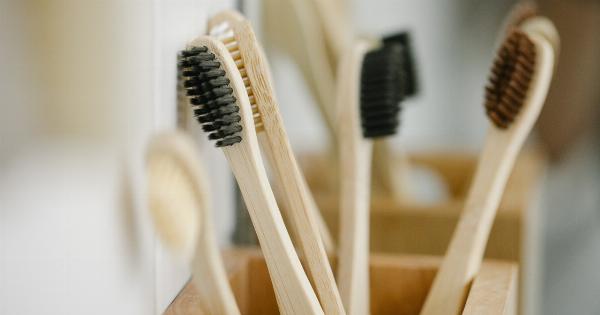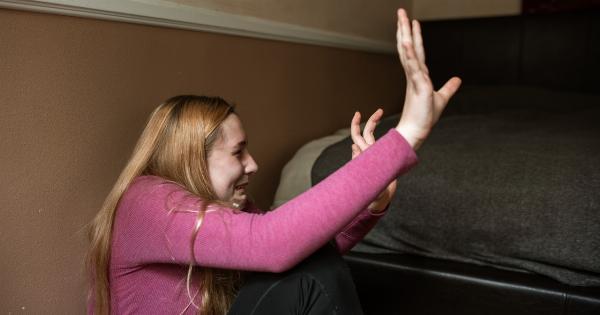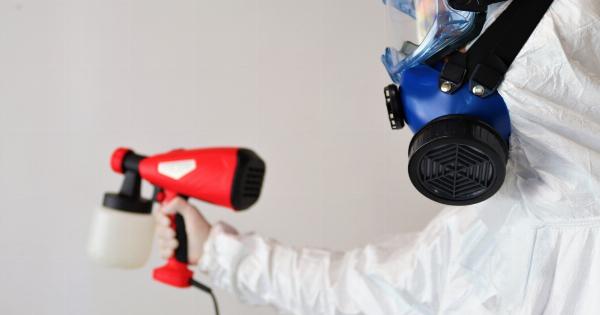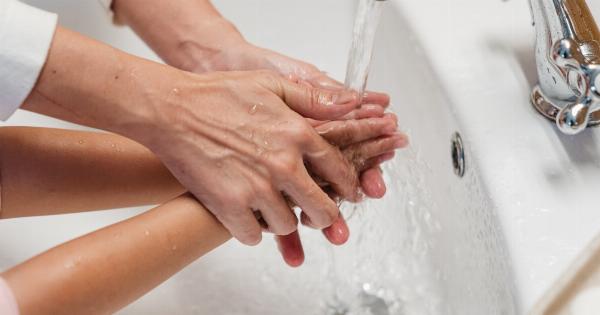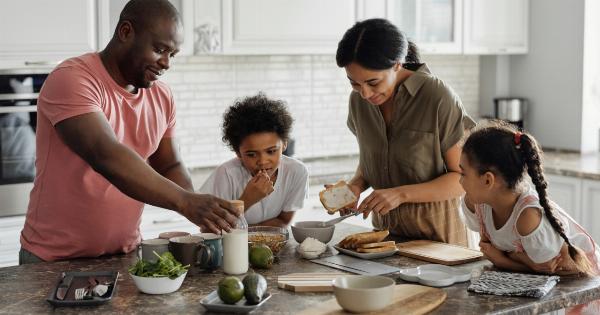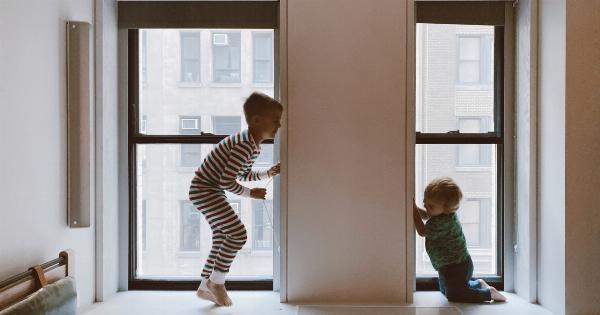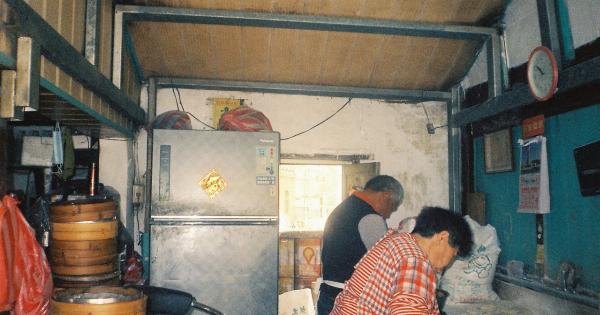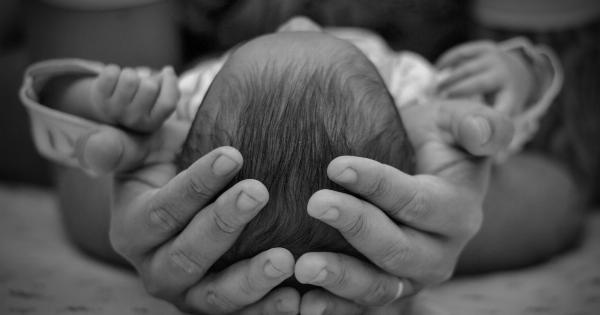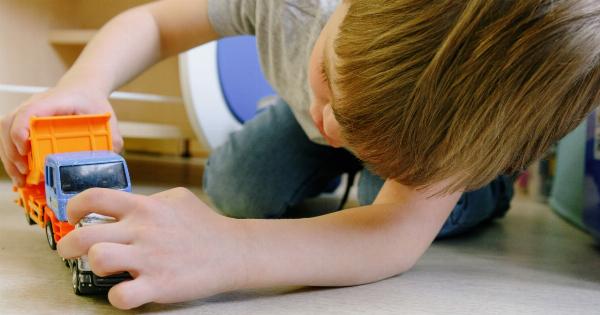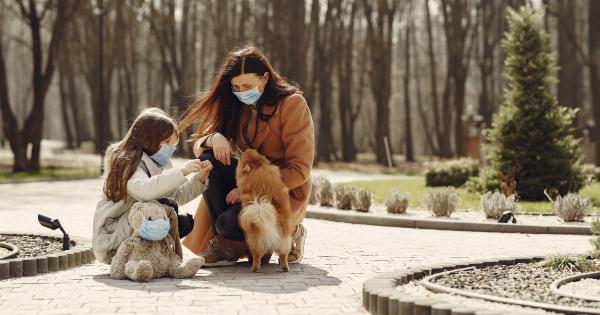Welcoming a new bundle of joy into your home is an exciting and joyful experience. As parents, one of your top priorities is to create a safe and secure environment for your little one to explore and grow.
Childproofing your home is an essential step to prevent accidents and hazards. This complete guide will walk you through all the necessary steps to ensure your home is child-friendly and minimize potential risks.
1. Assessing Potential Hazards
The first step in childproofing your home is to conduct a thorough assessment of potential hazards. Get down on your hands and knees to see your home from your child’s perspective.
Look for objects or areas that might pose a risk, such as sharp edges, easily accessible household chemicals, or dangling cords.
2. Safety Gates
Safety gates are an essential tool to keep your little explorer away from hazardous areas. Install safety gates at the top and bottom of staircases and in doorways leading to rooms with potential risks, such as the kitchen or the home office.
Choose gates that are sturdy, easy to operate, and approved for use at the top of stairs.
3. Securing Furniture
Toddlers love to climb, making unstable furniture a potential danger. Use furniture anchors or brackets to secure bookshelves, cabinets, and dressers to the wall. This prevents them from tipping over and causing injuries.
4. Outlet Covers and Cord Management
Electrical outlets are alluring to curious little fingers. Use outlet covers or plug protectors to prevent children from sticking objects into the sockets.
Additionally, keep cords for electronics, such as lamps or televisions, out of reach and use cord organizers to manage and hide them.
5. Window Safety
Windows present various hazards, including the potential for falls and entanglement in blind cords. Install window guards or window stops to prevent children from opening windows wide enough to fall out.
Replace any blinds or curtains with cordless options or use cord covers to eliminate the risk of strangulation.
6. Kitchen Precautions
The kitchen can be a hotbed of potential dangers. Keep pot handles turned inward while cooking to prevent your child from accidentally pulling them down.
Store cleaning products and sharp objects, such as knives or scissors, in locked cabinets or high enough that your child cannot reach them.
7. Bathroom Safety Measures
Bathrooms pose several risks, including drowning and ingesting harmful substances. Always supervise your child during bath time and empty the tub immediately after use.
Keep medicines, cleaning products, and toiletries in locked cabinets or high out of reach.
8. Securing Doors and Windows
Make sure all doors leading to the outside are secured with deadbolts high enough that your child cannot reach them. Install window guards or window stops on windows that can be opened to keep your child from wandering outside unsupervised.
9. Fire and Carbon Monoxide Safety
Install smoke detectors on every level of your home, especially near sleeping areas and the kitchen. Test them regularly and change batteries twice a year or as recommended by the manufacturer.
Consider installing carbon monoxide detectors as well, as this invisible gas can be deadly.
10. Creating a Safe Play Area
Designate a safe play area in your home where your child can freely explore and play without potential hazards. Remove any small objects, choking hazards, or fragile items from this area.
Use soft mats or rugs to cushion falls and secure heavy furniture to prevent tipping.
Conclusion
Childproofing your home is a vital step to ensure the safety and well-being of your little one.
By assessing potential hazards, securing furniture, implementing safety measures in key areas like the kitchen and bathroom, and creating designated play areas, you can provide a safe environment for your child to thrive. Remember, childproofing is an ongoing process as your child grows and explores new areas of your home. Stay vigilant, adapt to their needs, and enjoy peace of mind knowing you have taken the necessary precautions to keep your child safe.

